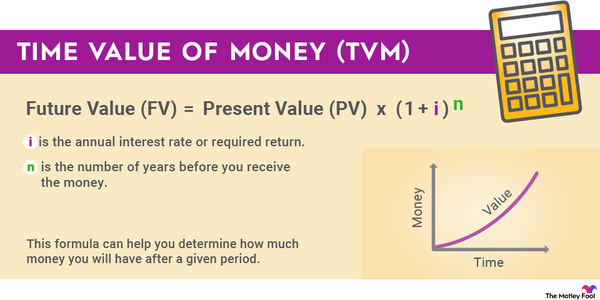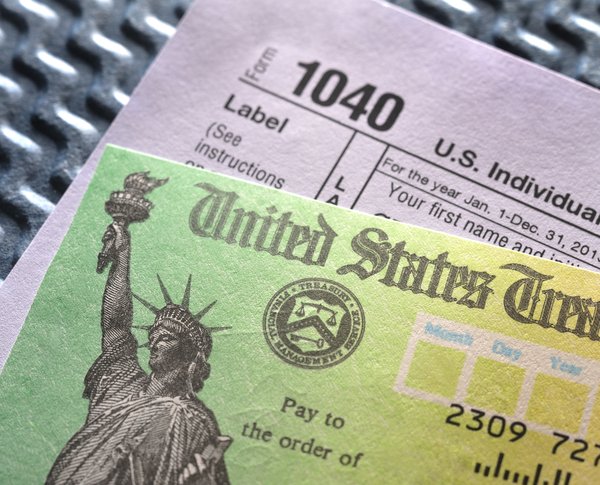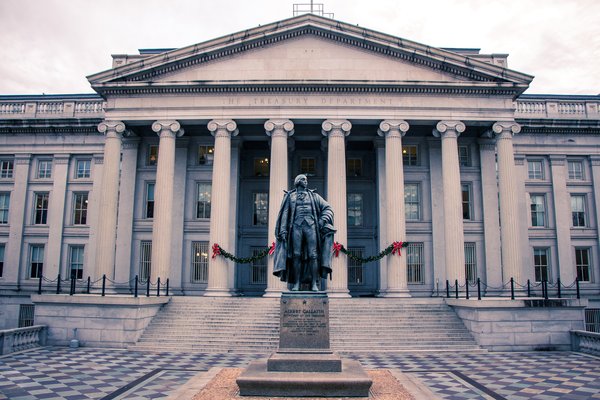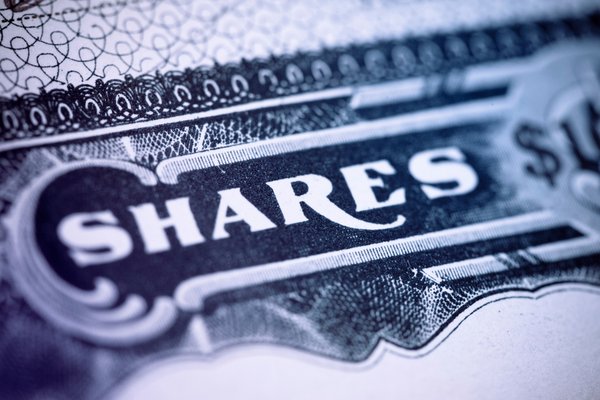As cryptocurrencies have gotten more popular as investments, it has led to the discussion of "tokenomics," a term to describe the economics of crypto projects. Some cryptocurrencies have tokenomics sections in their white papers or websites, but even for those that don't, you can learn about them as you explore what a cryptocurrency does.

Because of the volatility and risk in the market, researching a cryptocurrency's tokenomics is crucial before you buy. By understanding its tokenomics, you'll be able to better assess whether a cryptocurrency is a good investment.
What is crypto tokenomics?
What is crypto tokenomics?
Crypto tokenomics, a combination of "token" and "economics," is a term for all the factors that go into the value of a cryptocurrency. As you can imagine, this includes a wide variety of factors, including the maximum token supply, how new tokens are added to or removed from circulation, incentives for token holders, and the project's utility.
Tokenomics is a simple way to refer to the overall economics of a specific crypto token. When you analyze tokenomics, you're essentially looking at what gives value to a crypto and whether it's likely that the value rises or falls going forward.
Crypto tokenomics explained
To explain crypto tokenomics, it's first necessary to provide a brief explanation of crypto tokens. A crypto token is a digital currency that operates on a blockchain, a public ledger of transactions. A decentralized network of devices verifies all transactions and records them to the blockchain.
The developers of a crypto token are the ones who determine its tokenomics since they determine its features and how it works. Although tokenomics has a broad definition, it normally refers to some combination of a crypto token's:
- Maximum supply
- Minting or burning process
- Transaction fees
- Incentives for token holders
How crypto tokenomics works
How crypto tokenomics works
While there's quite a bit to crypto tokenomics, it all starts with one question: Is the token inflationary or deflationary? In the crypto sector, a token is inflationary if the supply increases over time and deflationary if the supply decreases.
For example, Bitcoin (BTC 0.97%) is technically inflationary. The supply increases, at least until reaching the maximum supply of 21 million; it’s currently at roughly 19 million. Ethereum (CRYPTO:ETH) is also inflationary, and there are no limits to its supply. BNB (BNB 0.88%), on the other hand, is deflationary because the team behind it removes tokens from circulation and reduces the supply.
The next element of tokenomics is the management of a cryptocurrency supply. Many cryptocurrencies add new tokens to circulation during the transaction validation process. Users who help validate transactions are rewarded with tokens, which both incentivizes chipping in and increases the supply.
With deflationary cryptocurrencies, it's about how they remove tokens from circulation, also known as burning tokens. Some burn a portion of the transaction fees that users pay, and others take a tax out of every transaction and burn part of it. When tokens are burned, they're sent to a burn wallet, an inaccessible wallet address that ensures the tokens are gone forever.
Factors to consider
Factors included in crypto tokenomics
There's a lot that can go into crypto tokenomics, but certain factors will be important no matter what. Here are the tokenomics factors you should always look at when investing in cryptocurrency, along with some things to consider with each one:
- Maximum supply: This is the maximum number of tokens for a cryptocurrency, which plays a big role in what kind of prices a cryptocurrency can realistically reach. For example, if the maximum supply is 1 quadrillion tokens, the odds of a cryptocurrency hitting $0.01 are almost nil since it would then be worth $10 trillion.
- Token distribution: This refers to how the developers of a cryptocurrency initially distributed tokens. Although it's normal for projects to have funding like an initial coin offering (ICO), watch out for projects where a large portion of the supply went to the founders or investors who got in pre-launch.
- Mint/burn schedule: This is the schedule for adding or removing tokens from circulation. Inflationary cryptocurrencies typically add blocks of transactions on a set schedule and mint a certain number of tokens per block. Deflationary cryptocurrencies may have a burn schedule or burn a percentage of every transaction.
- Utility: This means the cryptocurrency's use case or the problems it aims to solve. Utility is the most important part of any cryptocurrency. If a project doesn't have any apparent reason to exist besides memes or going up in price, that's a clear sign to avoid it.
Related investing topics
Shiba Inu tokenomics vs. Safemoon tokenomics
Shiba Inu tokenomics vs. Safemoon tokenomics
For case studies of tokenomics, we can look at two separate crypto tokens that had periods of wild success in 2021: Shiba Inu (CRYPTO:SHIB) and SafeMoon (CRYPTO:SAFEMOON). Despite not offering any competitive advantage or unique utility, each managed to attract buyers and build a strong following.
Shiba Inu's tokenomics are simple. Here's a quick rundown:
- It was launched with a maximum supply of 1 quadrillion tokens.
- The founders sent 500 trillion SHIB tokens to Ethereum co-founder Vitalik Buterin as a publicity stunt. He donated 50 trillion and burned the rest.
- SHIB tokens can be staked on multiple platforms, including Shiba Inu's own ShibaSwap exchange. When you stake crypto, you earn rewards in the form of that same cryptocurrency.
- A burning portal, ShibBurn, allows holders to burn their Shiba Inu in exchange for burntSHIB tokens. Those tokens entitle holders to passive rewards paid in another crypto token, Ryoshi (CRYPTO:RYOSHI).
SafeMoon's tokenomics have changed over time. Here's how it originally worked at launch and during its most successful period:
- Like Shiba Inu, it started with a maximum supply of 1 quadrillion tokens.
- It was deflationary. The founders burned 223 trillion tokens at launch and would manually burn tokens regularly.
- Each transaction had a 10% tax. Half was redistributed to token holders as a form of passive income, and the other half was used to add liquidity to the market.
At the end of 2021, SafeMoon "upgraded" to SafeMoon V2 (SFM 15.45%). The new version had different tokenomics. The number of tokens was consolidated at a 1,000:1 ratio, and the structure of the transaction tax was changed.
When it comes to either project's utility, there's not much to talk about. Shiba Inu is your typical meme token. SafeMoon, whether we're talking about the original or version two, shows signs of being a crypto Ponzi scheme.
Cryptocurrencies are high-risk, but some are much more likely to find long-term success than others. Tokenomics can help you pick out the potential winners and stay away from the ones that are all style and no substance.
























































